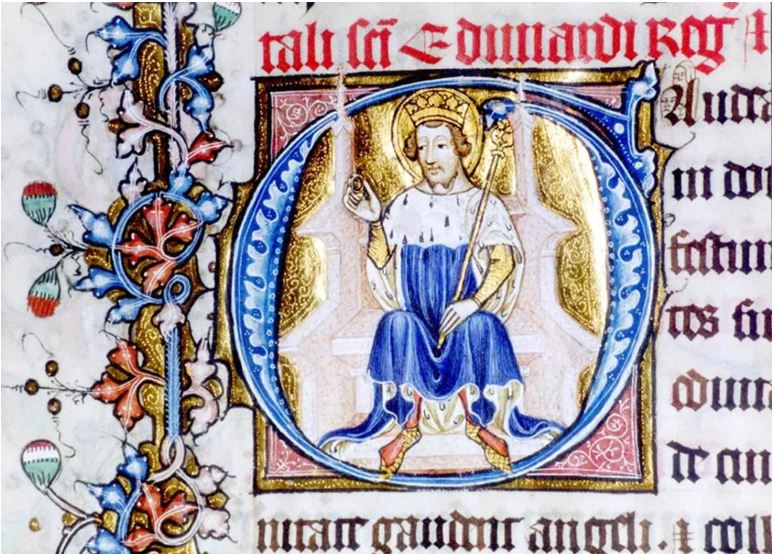
“….Remembering St Edward, 13th-18th October 2020….During Edwardtide, we celebrate the life of St Edward the Confessor, King of England 1042–1066 and the re-founder of Westminster Abbey. St Edward was canonised in 1161, and to this day, pilgrims come to pray at his shrine…”
The above extract is from the website of Westminster Abbey (specifically from this page), and as I am not over-endowed with knowledge of such things, I had cause to wonder about a church festival of which I had not heard. It was also known as the Octave of St Edward the Confessor, and is still celebrated at Westminster Abbey, as the above link will tell you.
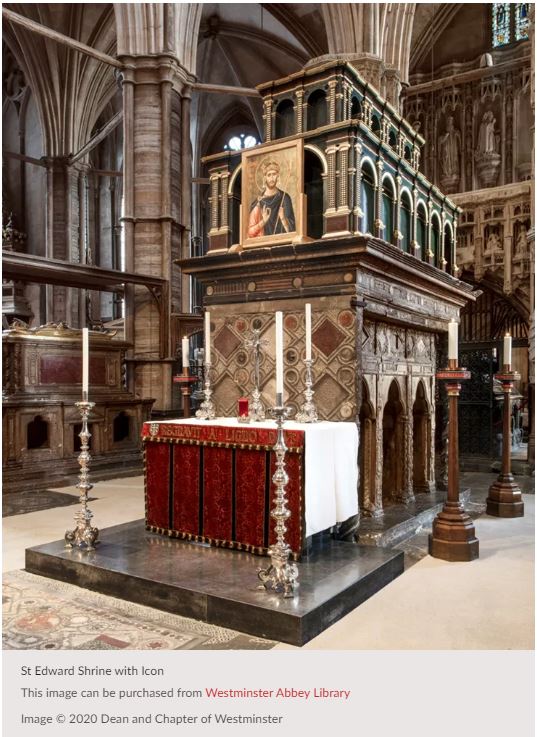
Well, as the name Edwardtide suggests, this isn’t just one day, but a week during October, from 13th to 18th, the 13th being the day in 1163 when the Confessor’s (uncorrupted) remains were translated within the newly rebuilt Westminster Abbey in the presence of both Thomas Becket and Henry II. Then, in the reign of Henry III, a dazzling new shrine was built especially for him. Today, 15th October, we are in the middle of Edwardtide!
Until I looked into this, I didn’t even know that a Confessor was a particular type of saint—one who suffered for faith and demonstrated sanctity in the face of worldly temptations, but was not a martyr. I suppose that over the years I had become so accustomed to references to “Edward the Confessor” that it never occurred to wonder why he was so termed.
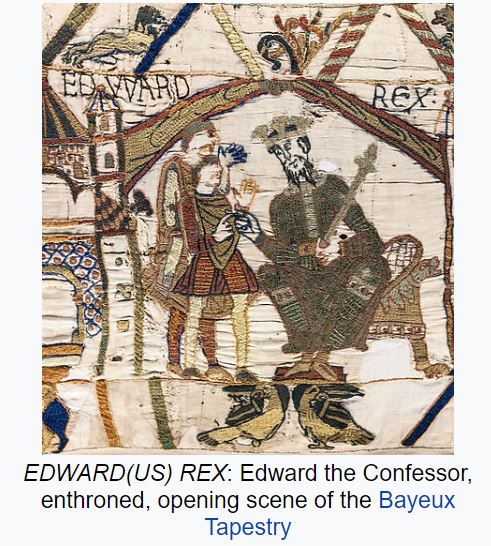
Edward’s remains were inspected several times during the medieval period. Henry I and his wife Matilda (of Scotland, Edward’s great niece) had the tomb opened, and “Bishop Gundulf, who was present at the time, was said to have plucked a hair from Edward’s long white beard, for which he received a severe reprimand from the Abbot of Westminster”. I should think so too. Mind you, Henry II removed Edward’s burial robes and purloined his pilgrim’s ring, which wasn’t very devout. With Henry III full respect returned when that king built the wonderful shrine.
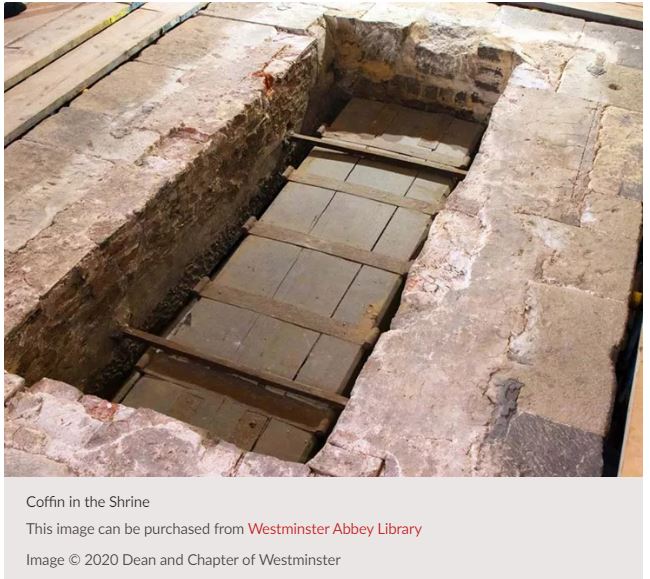
Here you will find a very interesting account of the only surviving copy of an illustrated Anglo-Norman verse Life of St Edward the Confessor sponsored by Henry III and originally written in the late 1230s or early 1240s. At the above site it is described as “a masterpiece of mid thirteenth-century English illumination”.
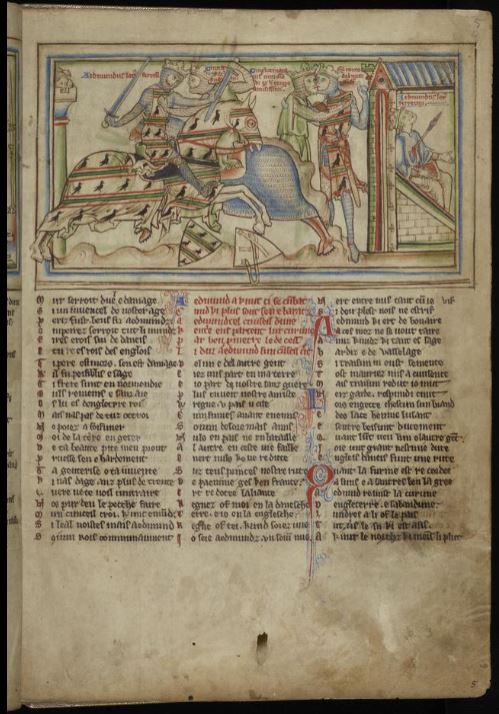
Edward ruled from 1042 until the fateful year of 1066, and was a member of the House of Wessex and our penultimate Anglo-Saxon king before the Normans arrived.
He was a successful king, “energetic, resourceful and sometimes ruthless” but problems began because he had no heir. He gradually withdrew from matters of state and took up a more secluded and pious life of prayer. He died on the night of 4-5th January 1066, and on the 6th, the Feast of the Epiphany, was buried before the High Altar in Westminster Abbey. A century later he was canonised and became one of England’s national saints until supplanted in the mid-13th century by St George. His feast day is 13th October, which is the first day of Edwardtide.
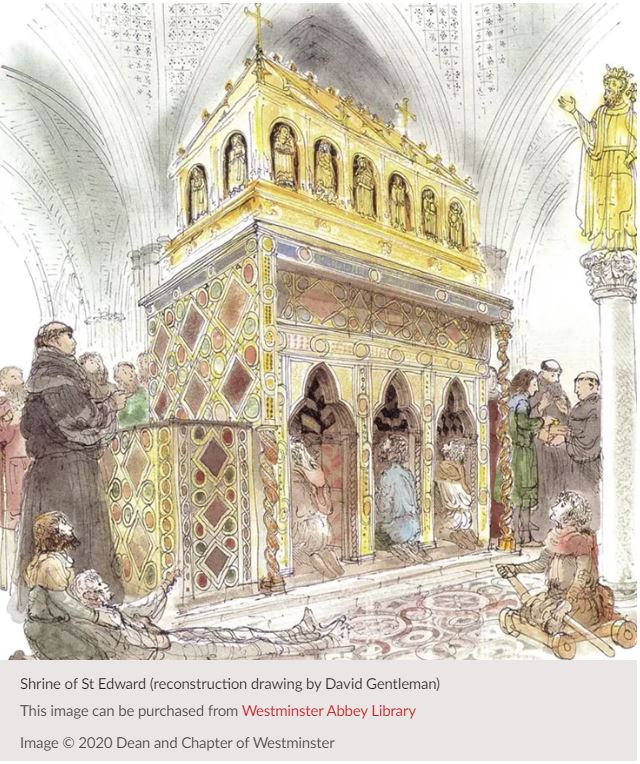
His shrine was wonderfully decorated, and studded with gold, jewels and all manner of holy objects. It was a sight o see and drew pilgrims in their thousands, some of whom stole the jewels. For a much more detailed description of the burial and the shrine, and the replacement of the jewels, go to this article.
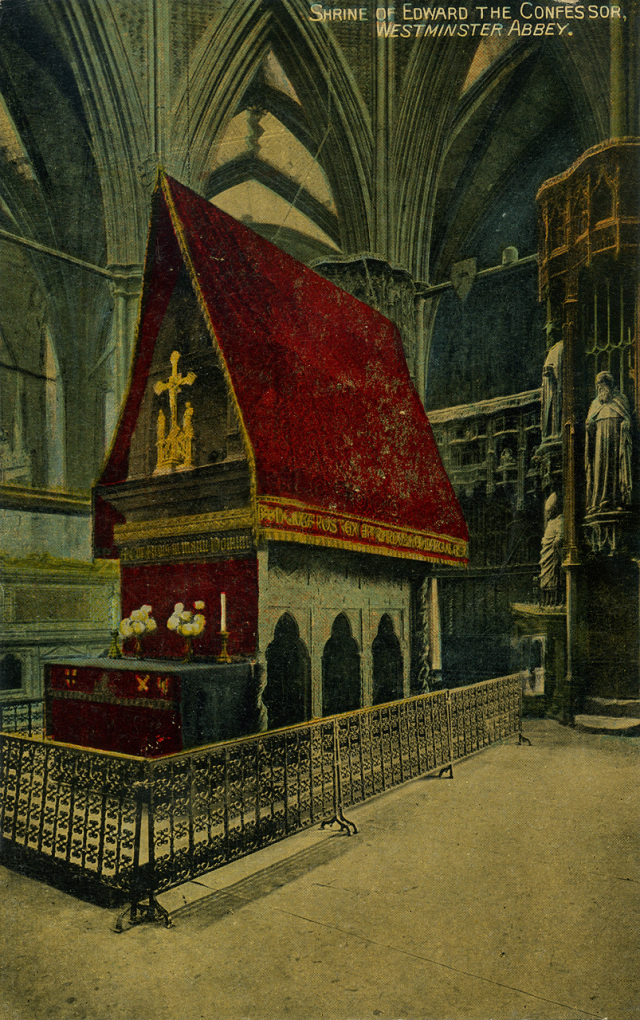
Another king who revered the Confessor was Richard II, who is depicted with him in the illustration below, from the matchless Wilton Diptych, of which you can read more here
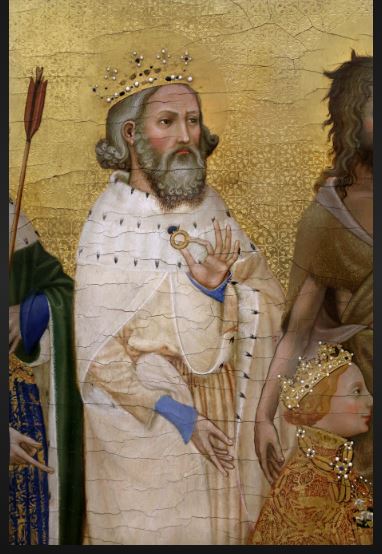
So, ladies and gentlemen, Edwardtide is now explained. It may not be one of the major Christian festivals, but it certainly exists!

7 comments